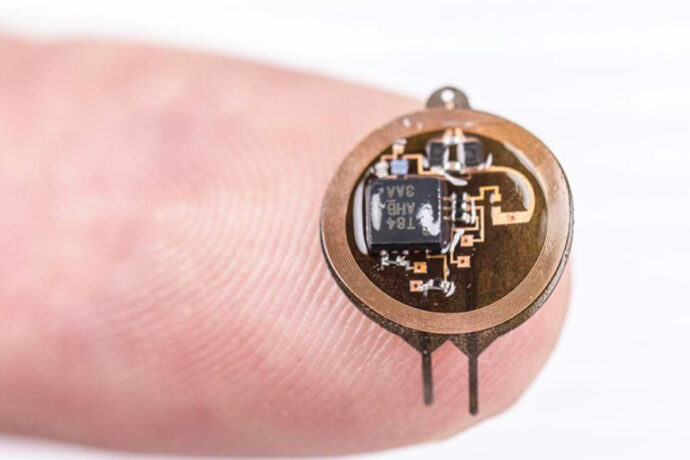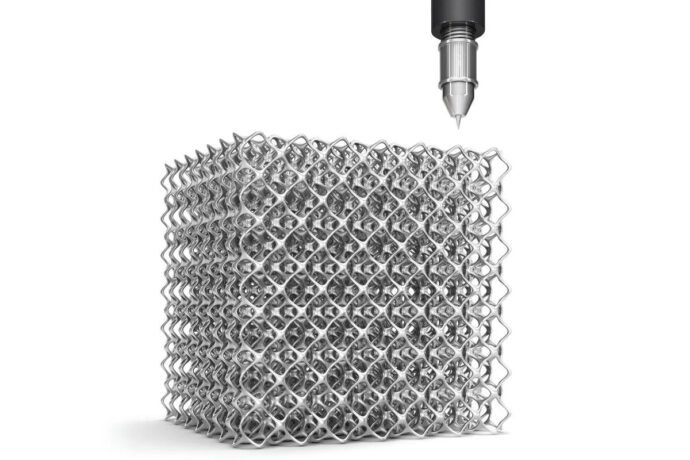
Stanford researchers have introduced a groundbreaking microcomb, a compact and energy-efficient frequency comb with unparalleled accuracy. Published in Nature, this innovative device holds the potential to revolutionize various industries, including electronics, with its remarkable capabilities.
1. Introduction of Microcomb Technology:
The newly developed microcomb represents a significant advancement in frequency comb technology, offering high precision in a compact and energy-efficient form.
Unlike conventional frequency combs, which are bulky and power-intensive, the microcomb developed by Stanford researchers promises mass-market adoption due to its innovative design and versatile applications.
2. Integration of Miniaturization Approaches:
The microcomb integrates two distinct approaches for miniaturizing frequency combs into a single, easily producible microchip platform.
By combining optical parametric oscillation and phase modulation strategies, the researchers have created a highly efficient and compact device capable of generating a range of distinct frequencies.
3. Leveraging Thin Film Lithium Niobate:
The core components of the microcomb are fabricated using integrated lithium niobate photonics, which offer advantages over traditional silicon-based materials.
Lithium niobate’s nonlinear properties and broad wavelength range enable the creation of a highly efficient frequency comb with superior performance characteristics.
4. Surprising Performance and Applications:
The microcomb exceeded expectations, producing a continuous output with reduced input power requirements and maintaining comb line intensity across the spectrum.
With further refinement, the microcomb technology holds promise for various applications, including sensing, spectroscopy, medical diagnostics, and wearable health monitoring devices.
5. Collaboration and Future Outlook:
Collaboration between researchers at Stanford and industry experts has been instrumental in advancing thin film lithium niobate photonics and optimizing the performance of the microcomb.
The future outlook for microcomb technology is promising, with potential applications in diverse fields and the possibility of integration into personal devices for everyday use.
Stanford’s pioneering microcomb technology represents a significant milestone in precision measurement devices, offering unprecedented accuracy in a compact and energy-efficient form. With its versatile applications and potential for mass-market adoption, the microcomb holds the key to unlocking new possibilities in electronics and beyond.



